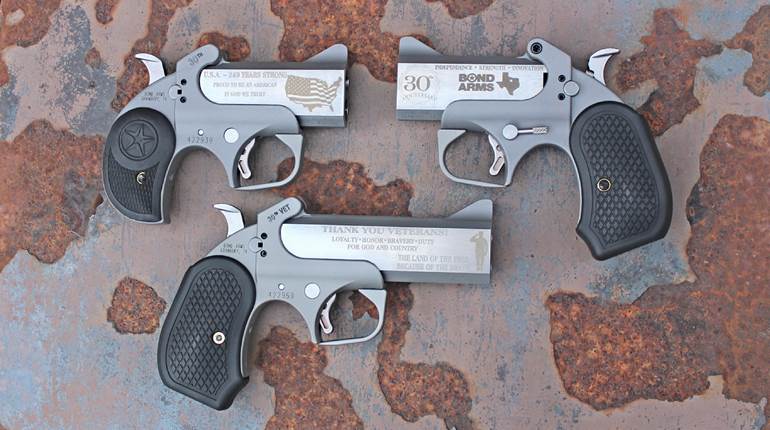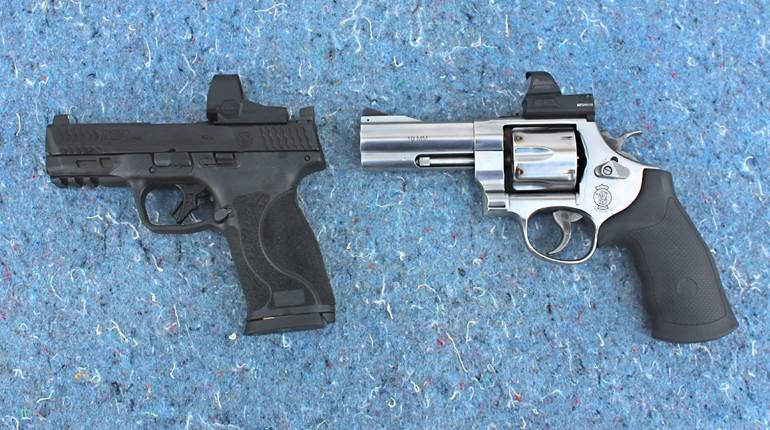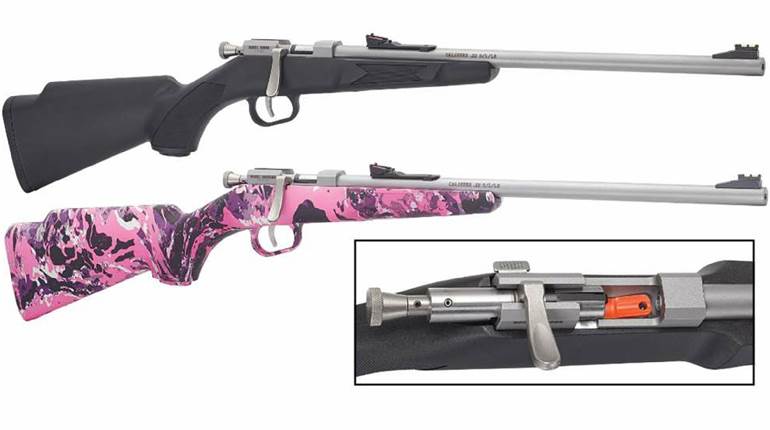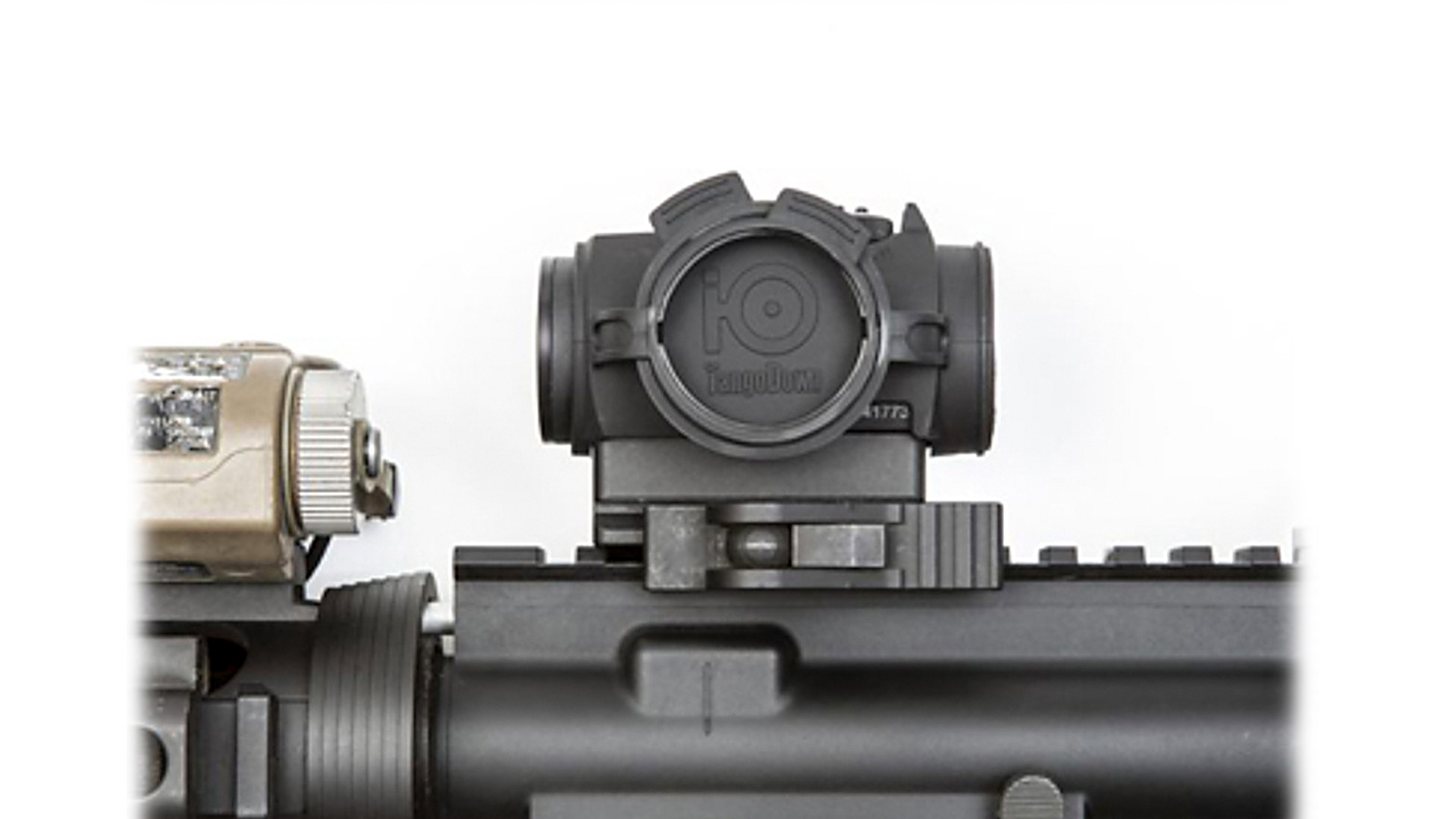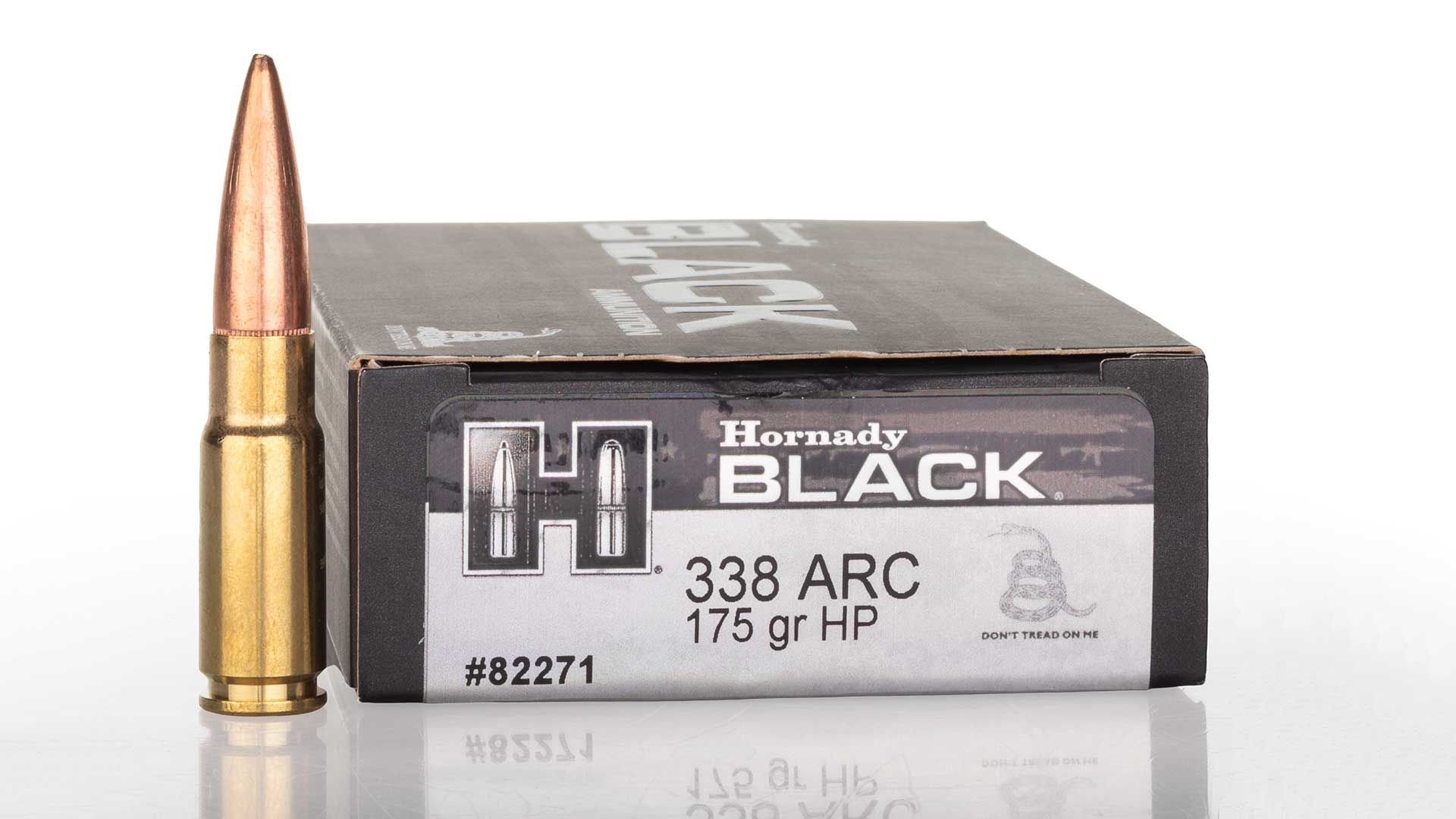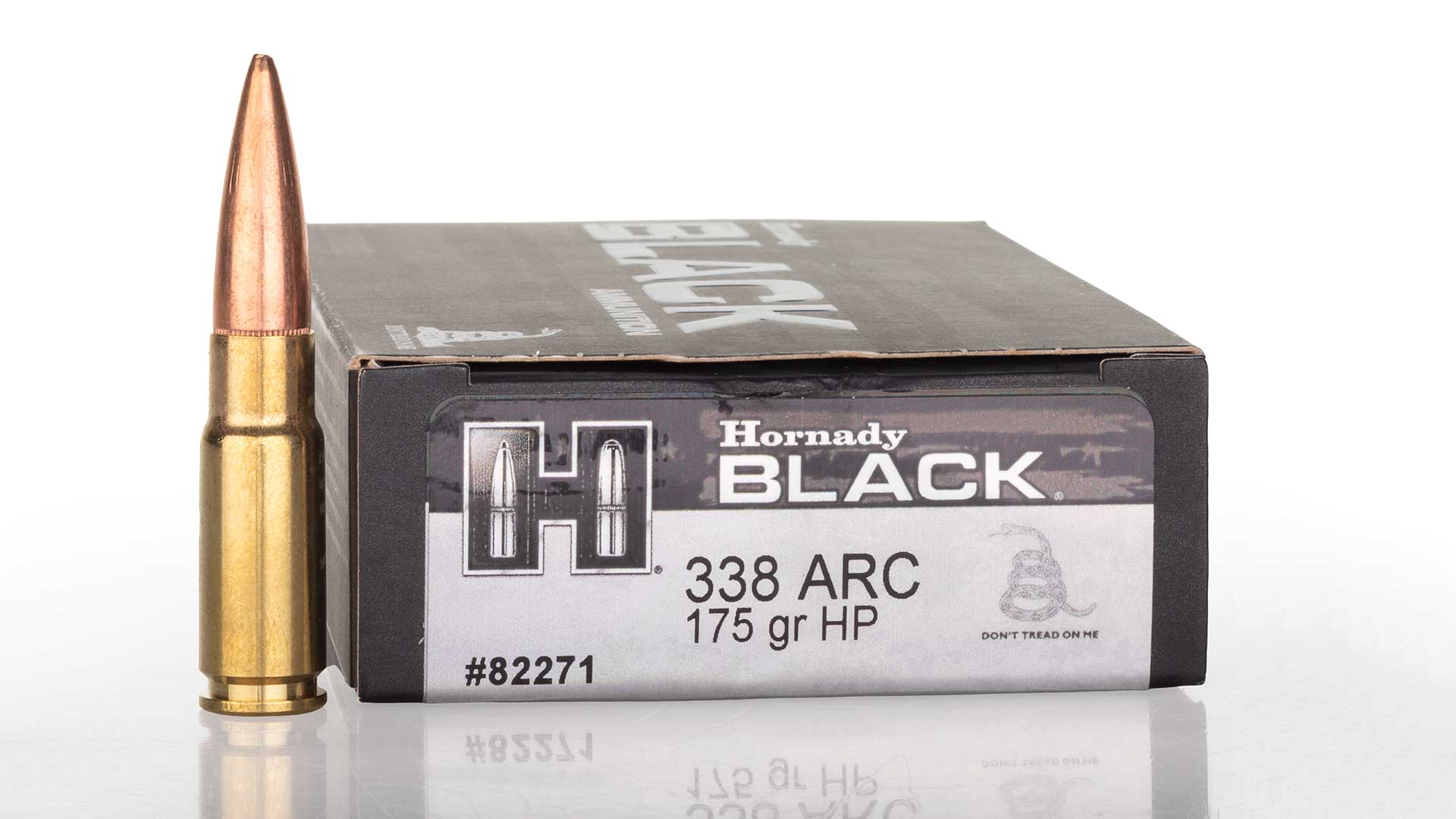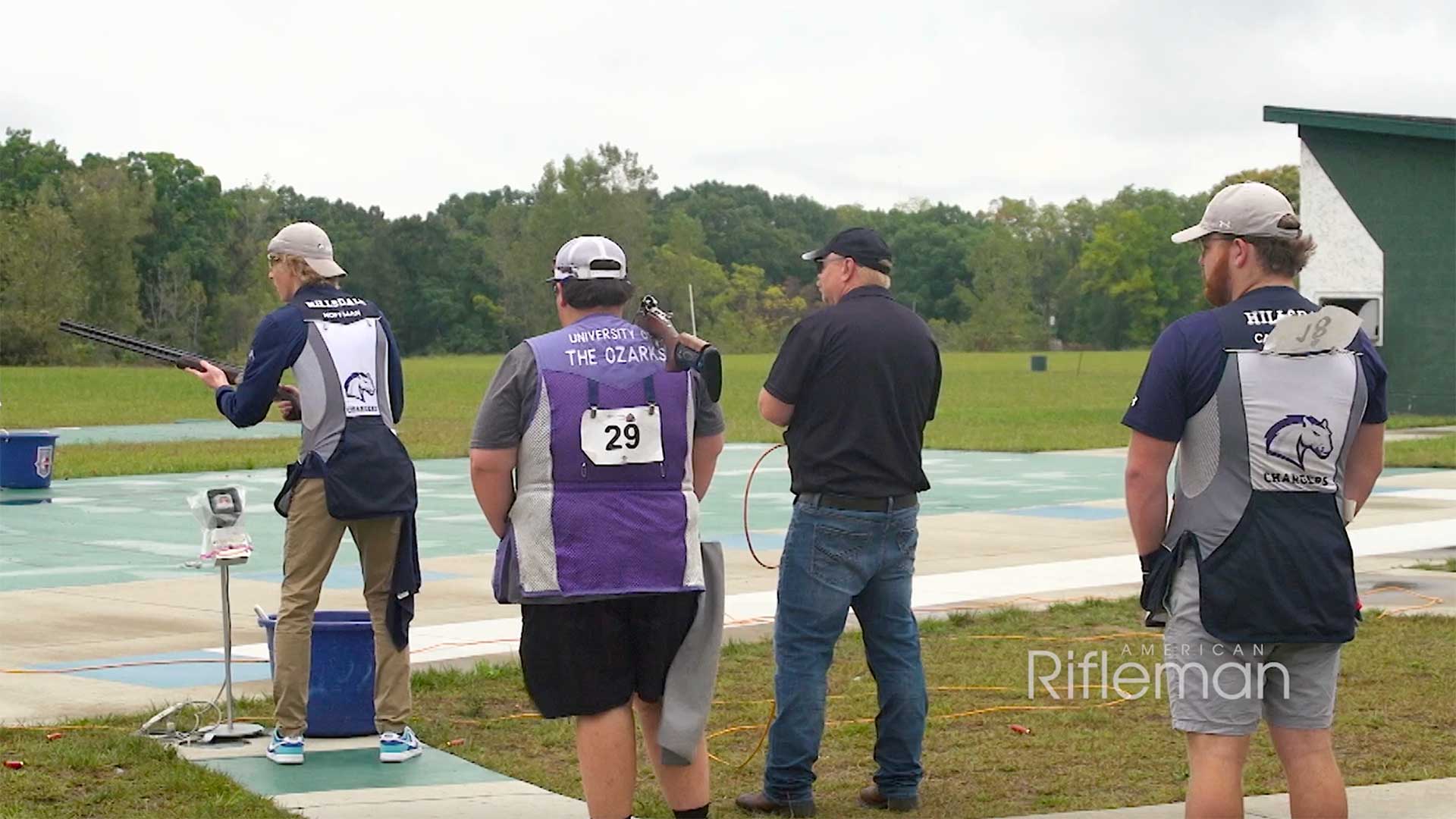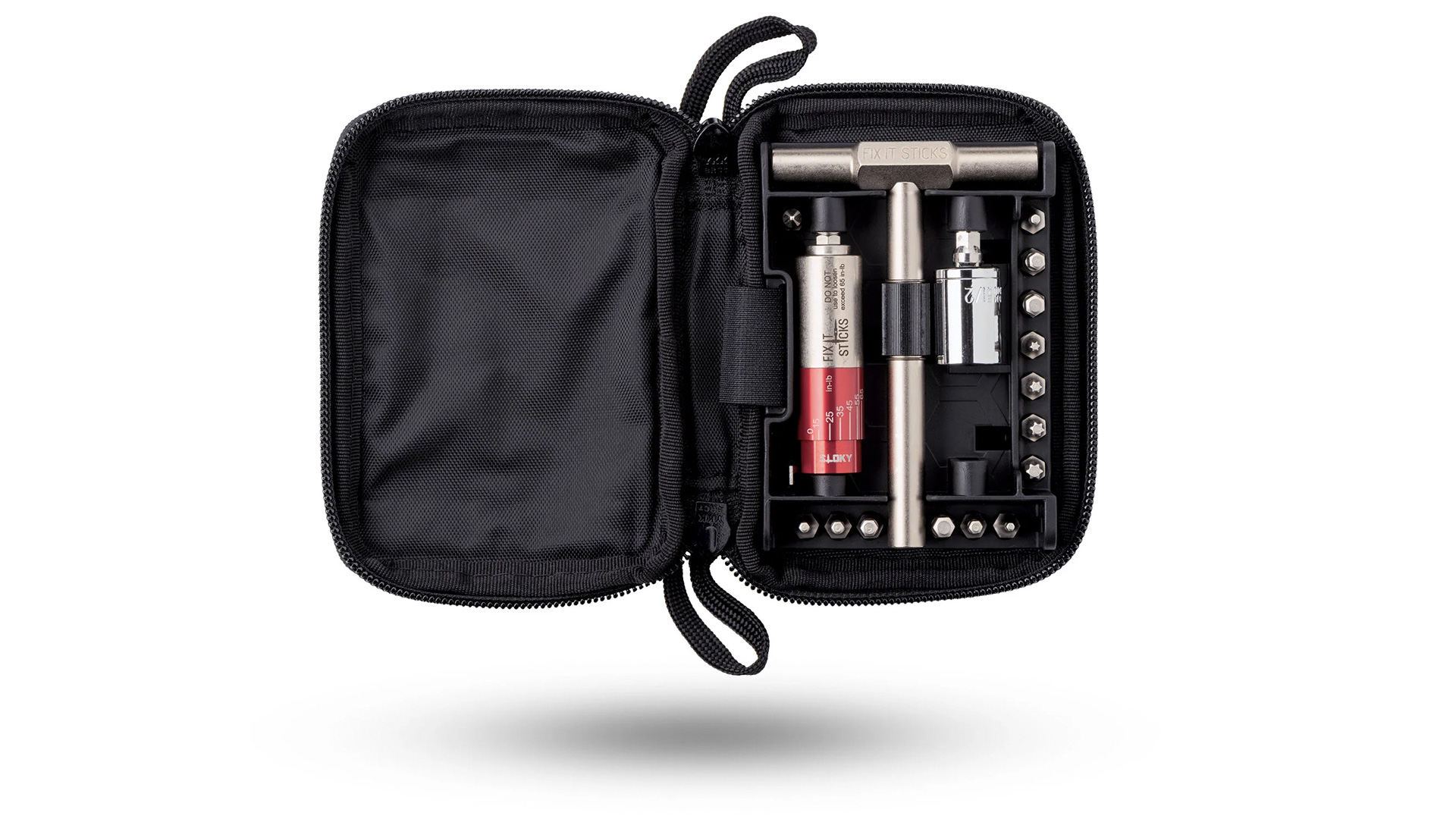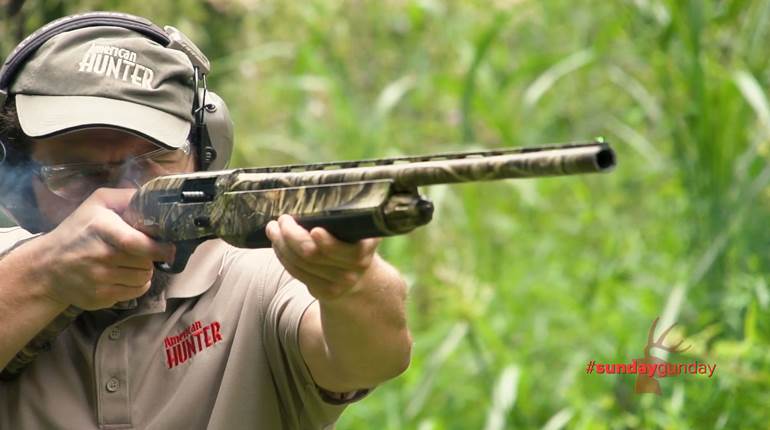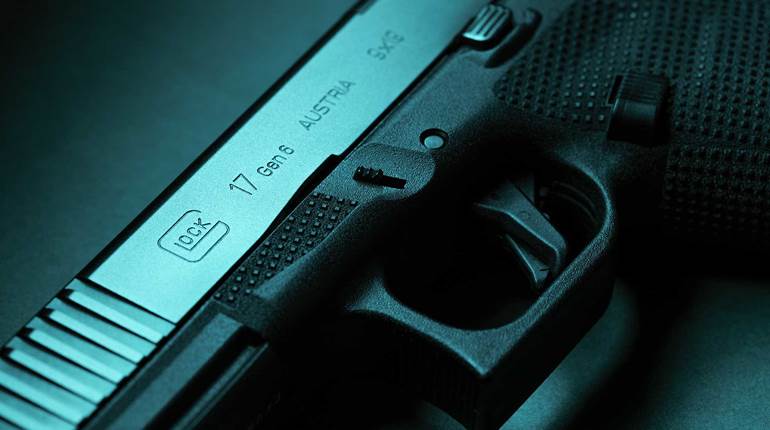
While some gun manufacturers are content sticking with more conventional designs, Taurus Int’l has a reputation for shaking things up with unique and unorthodox handgun designs. The company was among the first to offer factory-standard barrel porting for its defensive revolvers, as well as wheelguns constructed almost entirely of titanium. In 2007, Taurus introduced what is still one of its most controversial and popular series of handguns, the .45 Colt/.410 bore Judge. Last year, the 85VTA (The View) was launched, which is a pocketable 9-oz., .38 Spl. revolver with an abbreviated grip and transparent sideplate. Not only is the grip exceptionally small, but it’s contoured to the carrier’s body. This year, Taurus continued the contoured-for-comfort theme with the release of the Model 180 Curve.
The Curve is a locked-breech, hammer-fired, double-action-only (DAO) semi-automatic pistol chambered in .380 ACP. It stands out from its competitors because of the extent to which Taurus went to make it comfortable to carry. Plenty of pocketable .380 ACP pistols are available these days, but the Curve is the only one with a monolithic polymer frame formed to fit the shape of the human body. The corners and edges have been carefully rounded and all external snag points eliminated, including the iron sights, slide catch, thumb safety and magazine-release button.

The matte-black steel slide is distinctly rounded at both ends. The crown of the barrel has been beveled to match the shape of the slide. Fish-scale serrations have been milled into the slide to aid in cocking. The rear of the slide features a set of white lines that form what the company is calling a “bore axis sighting system.” An integral laser and light module from LaserLyte is mounted inside the frame below the muzzle. The module is activated via a small textured switch on the right side of the frame forward of the trigger guard. Using the tip of the trigger finger, the switch is flicked forward and back again to activate and deactivate the device. The module can be programmed to activate the light and laser simultaneously or one at a time.
Removing the slide via the takedown pin on the left side of the frame reveals an interior configuration derived from the Kel-Tec P3AT design. An aluminum insert provides the rails that the slide rides on. The stainless steel barrel works in conjunction with a full-length steel guide rod wrapped in two round wire recoil springs.
The short grip frame, with an undercut in the trigger guard to provide just enough room for a two-finger hold, has aggressive texturing along the frontstrap and backstrap. I had some concerns that the sideways-curving shape of the grip would be uncomfortable to work with, but they proved to be unfounded. Firing right- or left-handed, the curvature is not pronounced enough to interfere with forming a solid shooting grip.
The long, smooth trigger stroke is reminiscent of a double-action-only revolver. The polymer trigger moves all the way to the rear of the trigger guard, disappearing into the frame before dropping the recessed hammer. The hammer must be reset by cycling the slide, which means the gun does not have second-strike capability. According to a Lyman digital trigger gauge, the trigger pull measures 5 lbs., 12 ozs.
The six-round-capacity blued steel magazines are released from the grip by squeezing an ovoid release button mounted to the side of the baseplate, much like the release used on the Smith & Wesson Sigma SW380 back in the mid-1990s. While applying pressure to this release, the magazine is then manually pulled from the grip. Although this system greatly decreases the chances of accidentally dropping the magazine, it slows the reloading process. The Curve’s safety features include the Taurus Security System (TSS) integral lock, a loaded-chamber indicator on the top of the slide and a magazine disconnect that blocks the trigger from cycling when the magazine is removed.
The Curve arrives with a concealed carry system consisting of a frame-mounted belt clip and a trigger cover with an attached lanyard. The frame-mounted belt clip allows the pistol to ride securely inside the waistband with the grip resting directly under the belt instead of riding above the belt line. It’s an inexpensive device that is easy to use, but the clip does not protect the trigger or laser module the way a holster would.
To resolve this concern, Taurus opted to include a polymer cover that fits securely over the trigger guard and laser module. The attached lanyard is used to tether the trigger cover to the belt or a belt loop, near the location in which the pistol is concealed. As the pistol is drawn and swings up into a shooting position, the cover pulls free and is left dangling from the carrier’s belt.
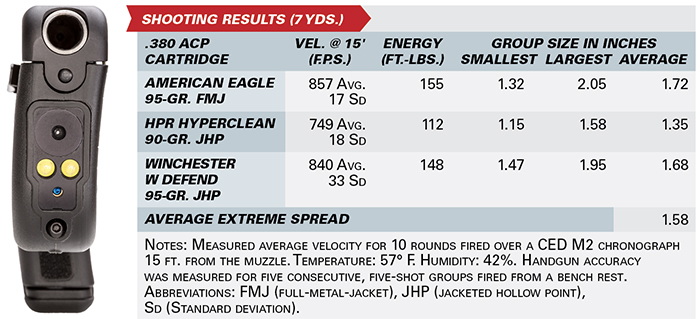
Packing the Curve in an appendix or behind-the-hip position using the provided carry system was a very comfortable proposition once the gun was in place. The pistol’s almost-forgettable light weight and rounded edges were much gentler on the flesh than many sub-compacts. However, because the frame-mounted clip holds the grip below the belt line, grasping the gun for a proper, traditional, draw can be quite difficult. It’s necessary to hook a thumb under the grip and pull it up over the belt line before wrapping the middle and ring fingers around the grip. Needless to say, reholstering the pistol using the belt clip and trigger cover is a slow process that does not lend itself to defensive situations. Luckily, the carry system has a simple fix. Buy a quality inside-the-waistband or pocket holster—or a Sneaky Pete belt holster—and leave the trigger cover at home.
I was able to get a hold of a pre-production model of the Curve for testing. Unfortunately, it exhibited some mechanical issues resulting in its return to Taurus. Eventually it was replaced with a factory-fresh production model, which was used for this review. This pistol ran reliably without any failures to feed, fire or eject the ammunition tested. The felt recoil generated by the Curve is on par with other pocket .380 pistols in its class, meaning it was energetic with some loads, but manageable overall. The slide does lock open on the last shot.
With targets set at 7 yds., the white lines on the rear of the slide were sufficient for placing repeatable center-of-mass shots downrange. However, they are by no means a replacement for iron sights. Using the laser sight did help to tighten up the groups measurably. Firing five-shot groups from a bench rest, the single-best group measured 1.15" and the best five-group average was 1.35". They were produced using HPR HyperClean 90-gr. jacketed hollow points. Winchester W Train & Defend-D 95-gr. jacketed hollow points averaged 1.68" followed by Federal American Eagle 95-gr. full-metal-jacket loads at 1.72".
Over the years, Taurus has both drawn accolades and criticism in its efforts to push defensive handgun designs in new and, sometimes, commercially risky directions. Some of these platforms—like the Judge—have flourished in the marketplace, while others have not done so well. The Curve is a pistol that is likely to have a polarizing effect on gun buyers. Those who are looking for a handgun that is comfortable to carry, easy to conceal, and already has light and laser options built in will appreciate what the Curve has to offer. Those who want to carry a pistol on their left side, prefer a set of conventional iron sights, or would like to install their own accessories will need to look elsewhere. Is the Curve, with its body-friendly design, positioned to become the next big thing from Taurus? Time will tell.














